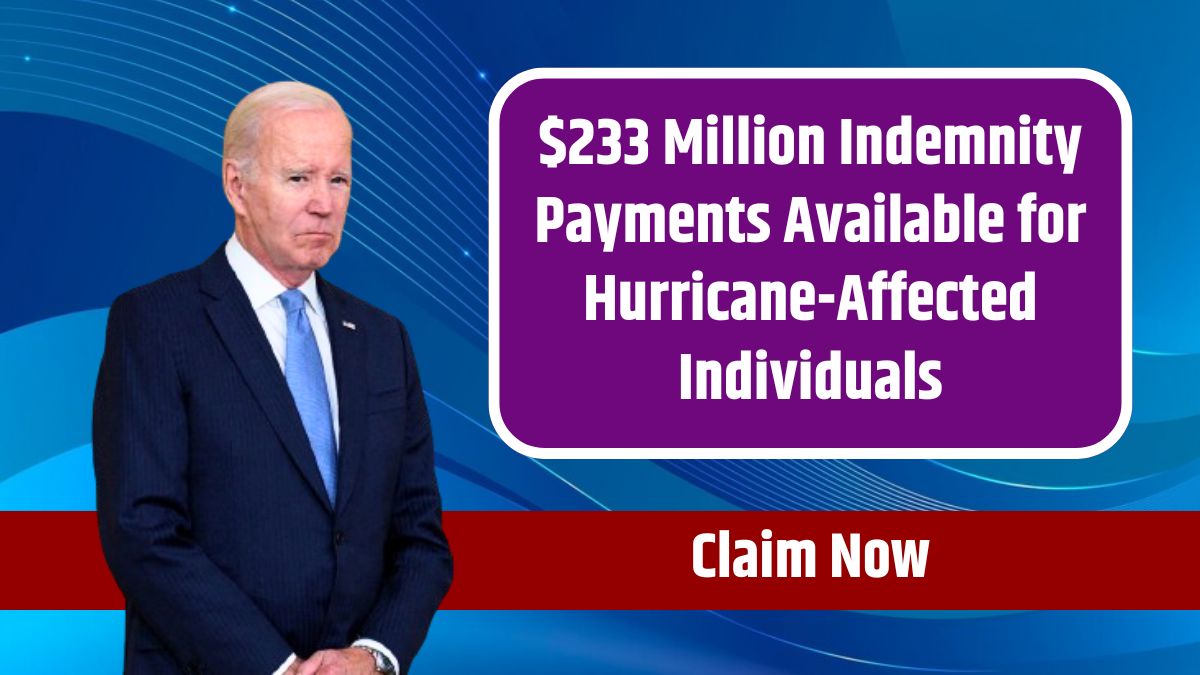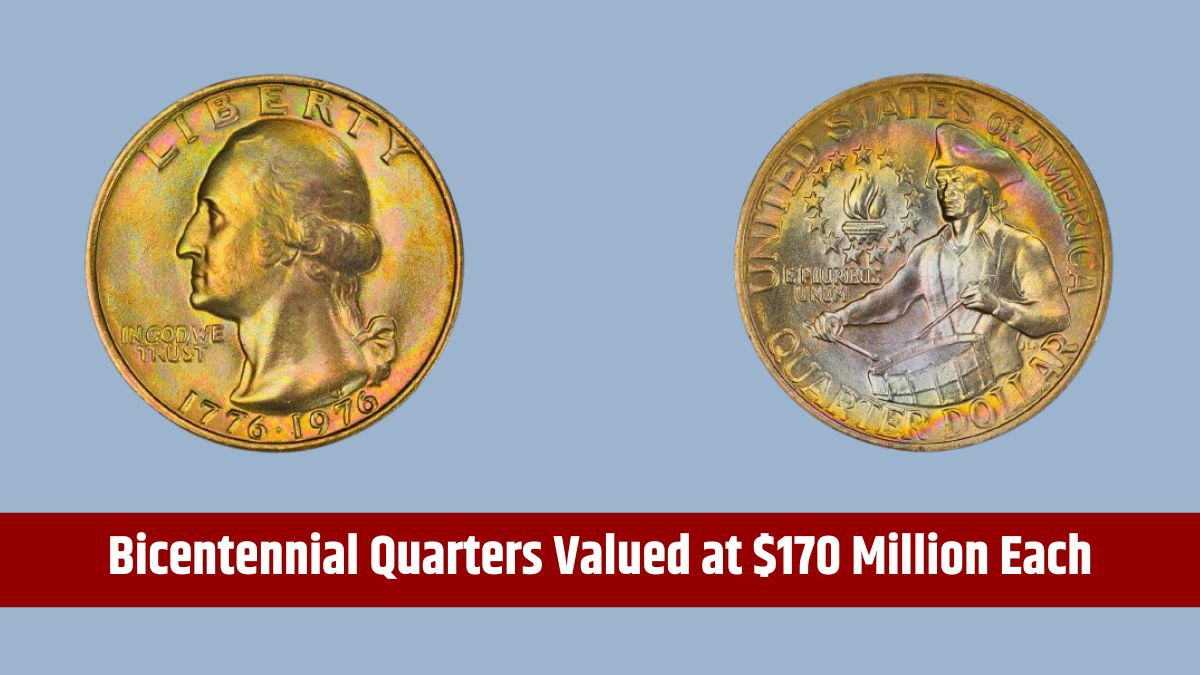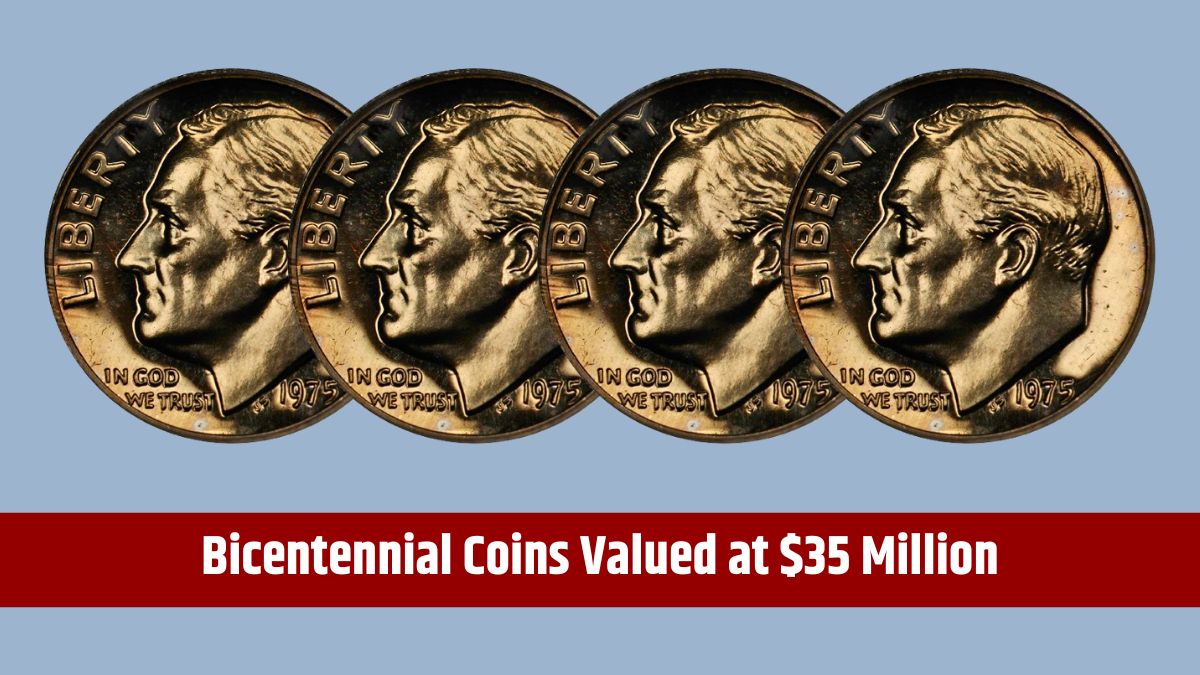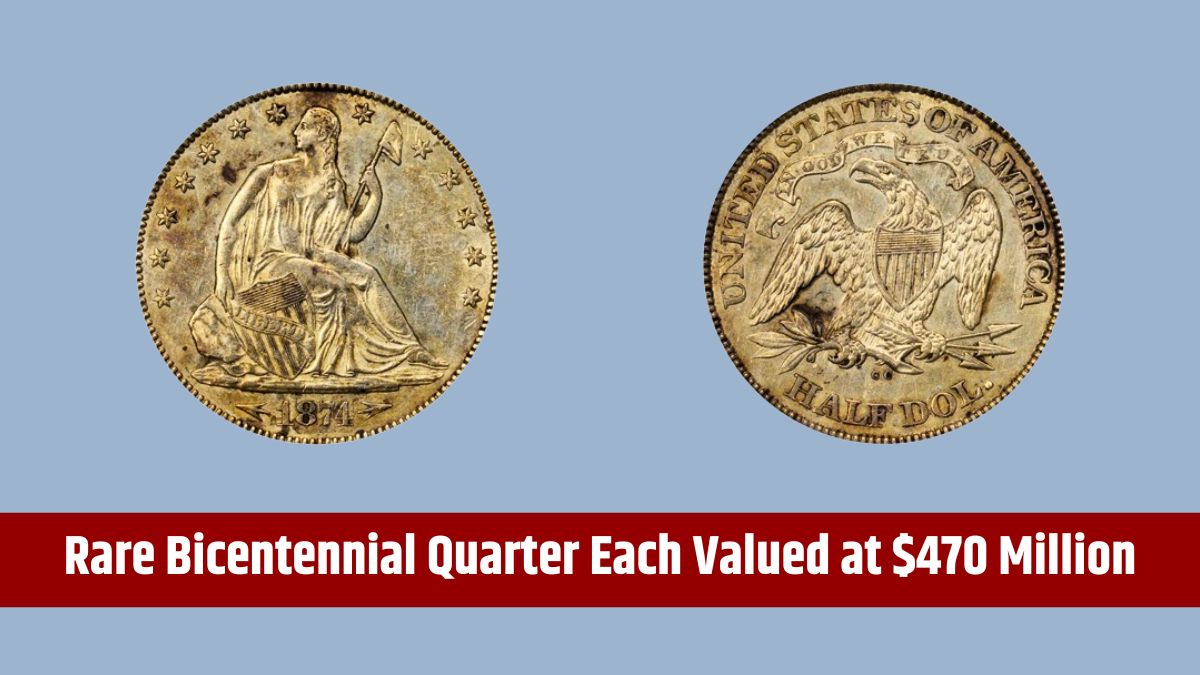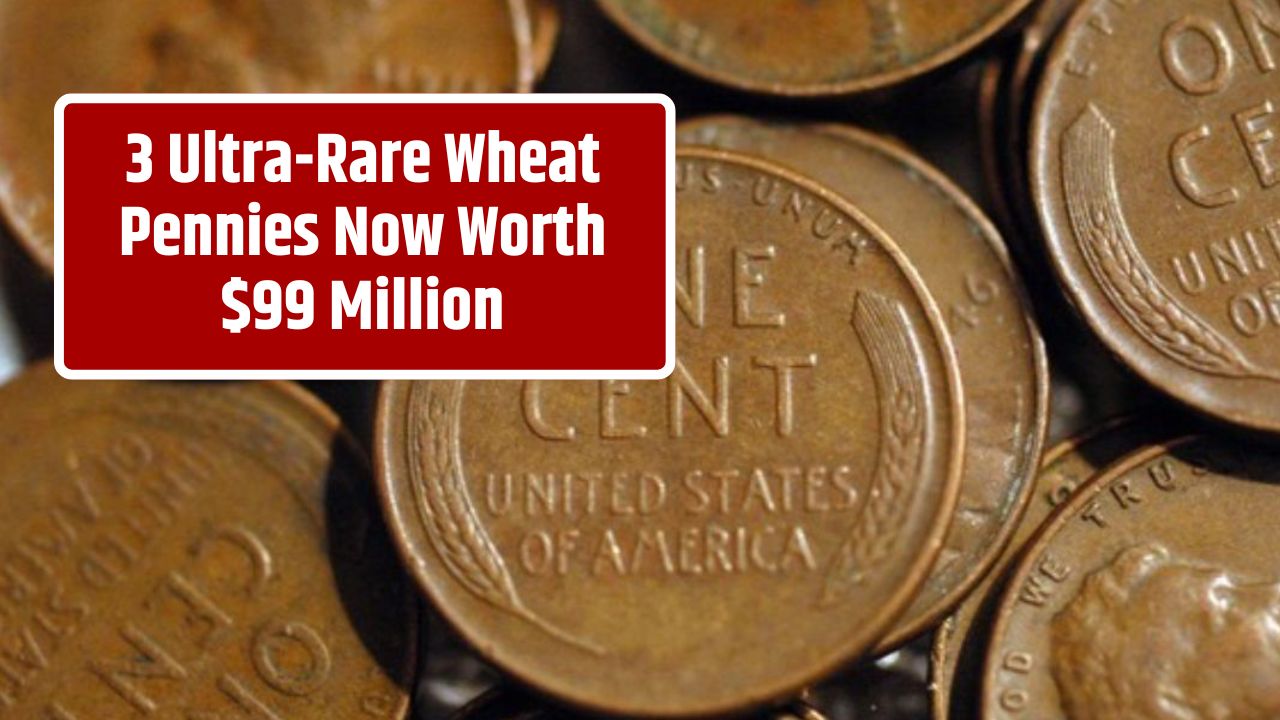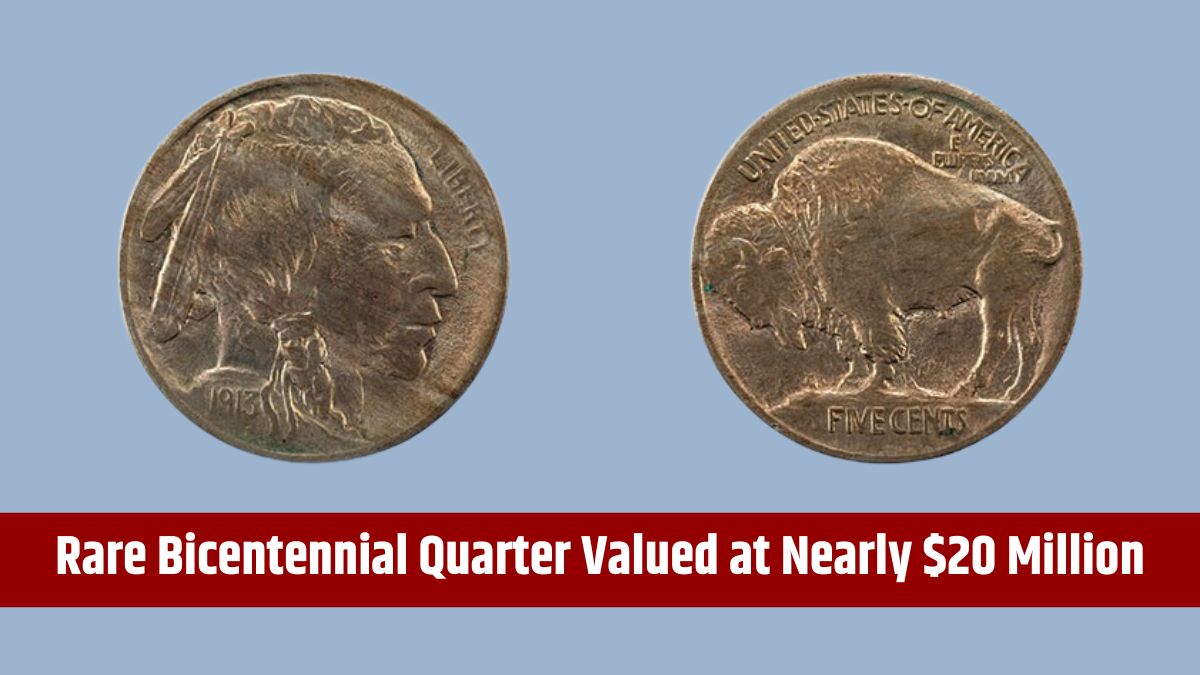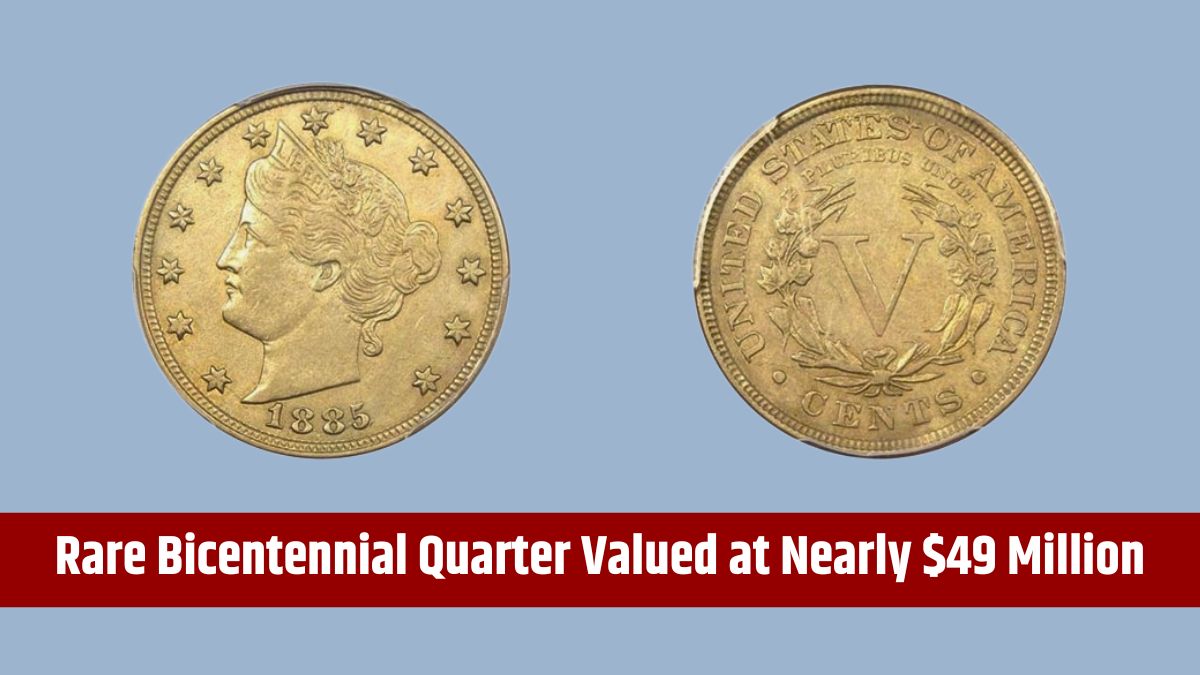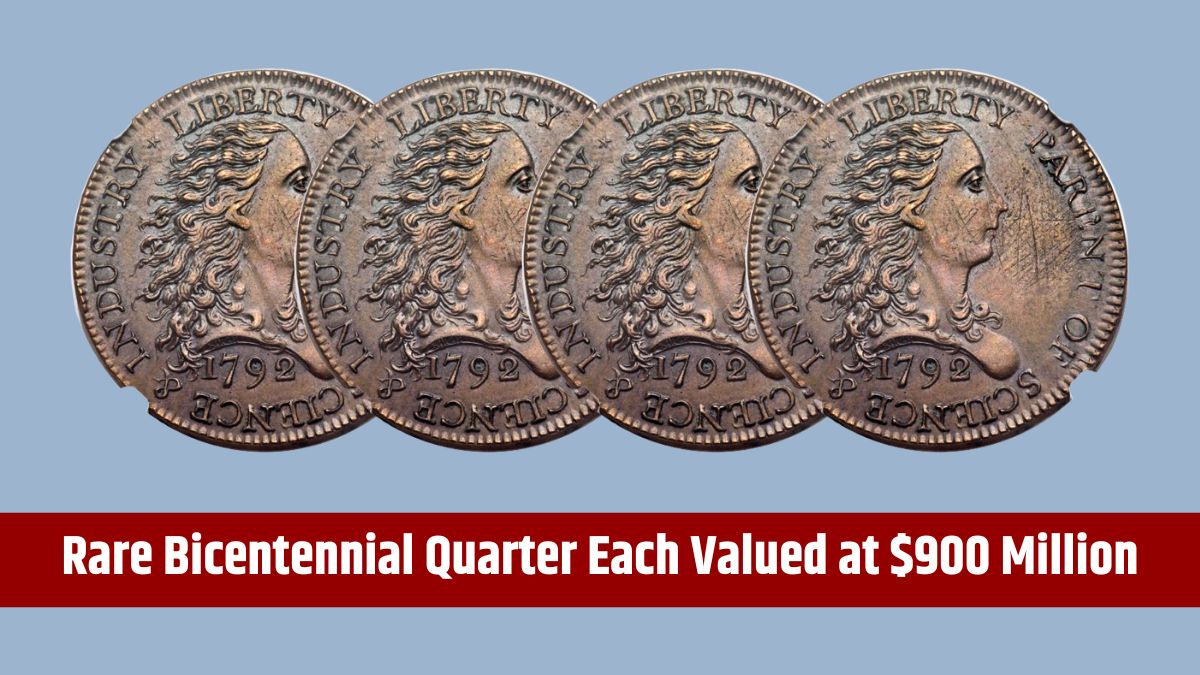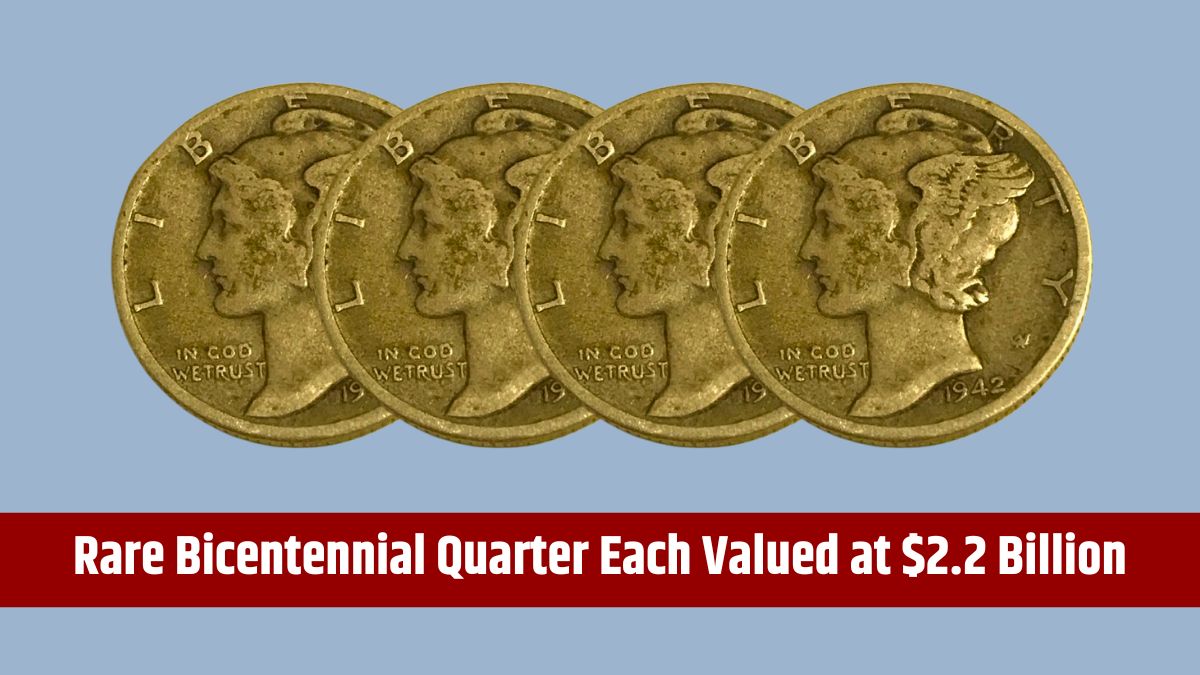This week, Tampa, Florida was struck by Hurricane Milton, a powerful Category 3 storm that rapidly strengthened to a Category 5 with winds reaching a staggering 180 mph. As the storm moved inland, it weakened to a Category 1, but not before leaving its mark on the community. Just last month, residents had faced Hurricane Helene, making the need for disaster relief even more pressing. While aid for Hurricane Milton is now underway, those affected by Helene still have time to apply for relief.
Agricultural Relief
Earlier this month, U.S. Agriculture Secretary Tom Vilsack announced relief for farmers impacted by Hurricane Helene. Hurricanes wreak havoc on agriculture, causing extensive damage to crops and infrastructure, which disrupts the food supply chain both locally and nationally. In response, the United States Department of Agriculture (USDA) activated the Hurricane Insurance Protection-Wind Index (HIP-WI) to aid affected farmers.
The HIP-WI program covers a portion of deductible expenses tied to crop insurance policies for over 70 different crops. It’s specifically available to farmers in hurricane-prone regions, including the Gulf of Mexico, the Atlantic, and Hawaii. Florida, often directly in a hurricane’s path, regularly endures severe agricultural losses, and HIP-WI support is essential to its recovery.
Secretary Vilsack emphasized the government’s commitment to helping agricultural producers recover swiftly. “The Biden-Harris Administration and USDA will support farmers through the recovery process for the long haul, including making innovative types of coverage available and getting funds into the hands of producers quickly,” he stated.
$233 Million Approved
The Biden-Harris Administration has approved $233 million to help cover agricultural losses from Hurricane Helene. This substantial budget supplements earlier payouts: $58 million for Hurricane Beryl, $214 million for Hurricane Debby, and $128 million for Hurricane Francine, totaling over $630 million in hurricane-related relief for 2024.
For farmers affected by Hurricane Helene, relief doesn’t require additional paperwork; those in qualifying counties will automatically receive funds if approved by the Risk Management Agency (RMA). To confirm eligibility, farmers can consult Product Management Bulletin 24-067 and local actuarial documents. This automatic aid also serves as supplemental assistance alongside other insurance policies.
Hurricanes with Climate Change
The intensity of recent hurricanes, including Milton and Helene, reflects the increasing influence of climate change. Rising ocean temperatures provide storms with more energy, which in turn leads to stronger hurricanes with faster wind speeds. This year, ocean temperatures reached record highs, contributing to an above-average Atlantic hurricane season.
To counteract the escalating damage, global efforts to slow ocean warming and achieve carbon neutrality are crucial. Current climate goals aim to limit global warming to no more than 1.5 degrees Celsius by 2040, with greenhouse emissions peaking by 2025 and declining by 43% by 2030. However, to reach these targets, significant international cooperation and policy changes are needed.
The back-to-back impact of hurricanes Milton and Helene highlights the urgent need for responsive disaster relief and support for those in agriculture. While the USDA and the government continue to implement essential relief programs, there’s a clear need for longer-term solutions that address both immediate aid and climate change mitigation to protect future harvests and ensure food security.
FAQs
Who qualifies for USDA disaster relief?
Farmers in approved counties affected by Hurricane Helene.
How much is allocated for Helene relief?
$233 million is approved for Helene disaster relief.
Is paperwork required to receive aid?
No, qualifying counties receive automatic funds.
Which program covers hurricane-related crop damage?
The HIP-WI program provides crop insurance coverage.
How does climate change affect hurricanes?
Rising ocean temperatures increase storm intensity.

